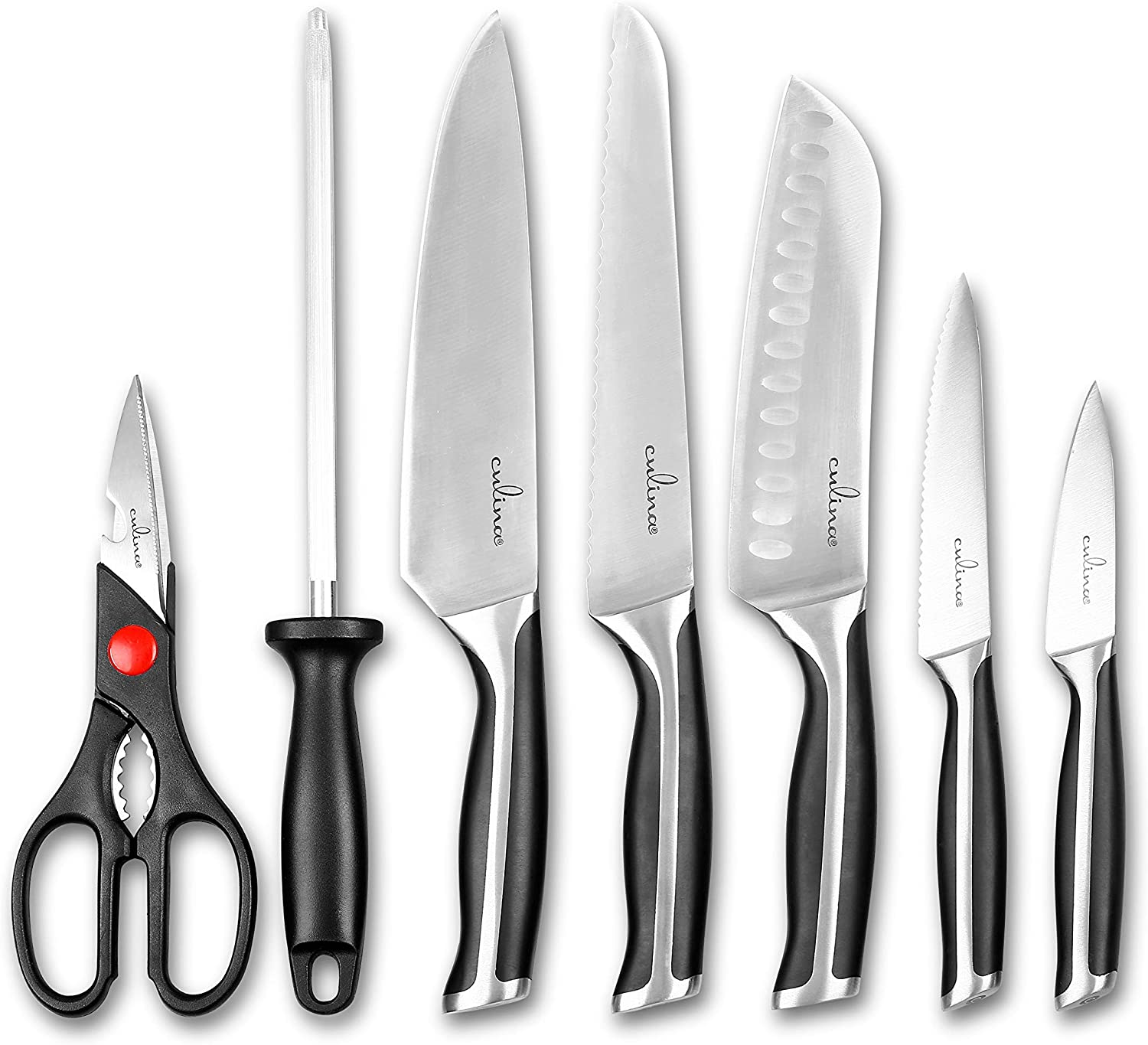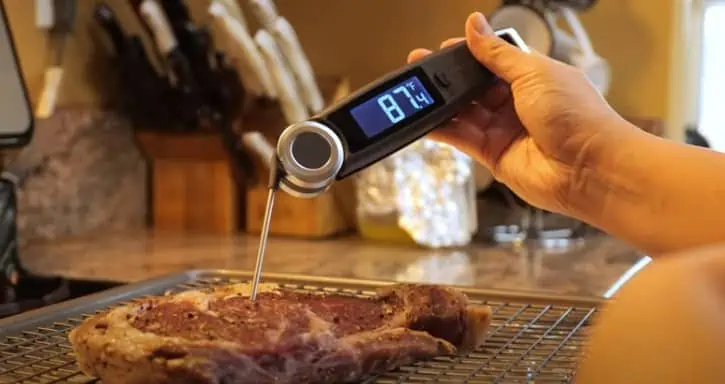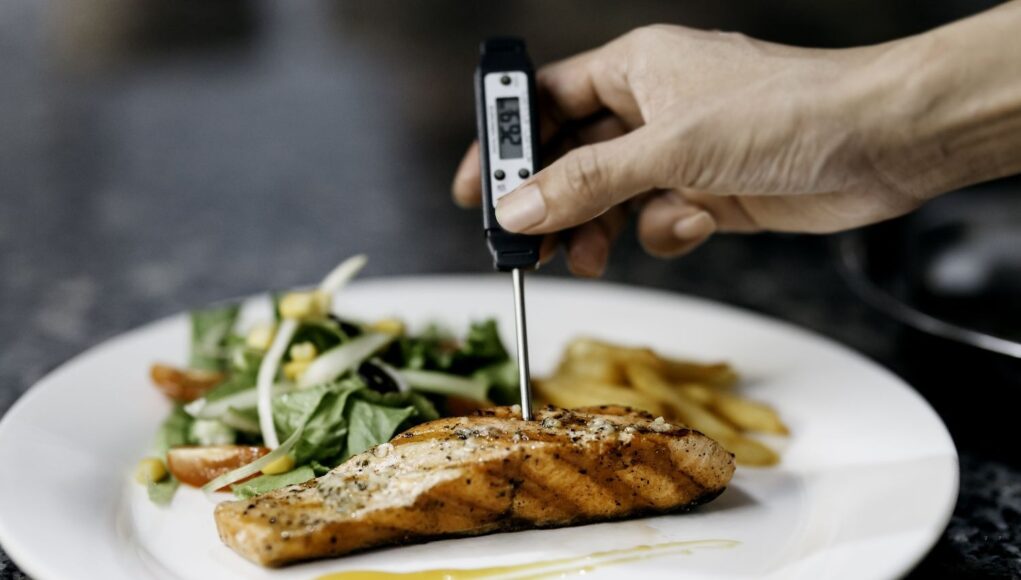When it comes to cooking chicken and ensuring it is safe to eat, the correct usage of a meat thermometer is crucial. One of the most common questions asked by both novice and experienced cooks alike is, ‘how long do you leave a meat thermometer in?’ Understanding the answer not only ensures perfect cooking results but also guarantees food safety.
A properly used meat thermometer can be the difference between a perfectly cooked piece of chicken and a potential health risk. Whether you are roasting a whole bird or grilling chicken breasts, knowing how to use and read a meat thermometer accurately is essential for any kitchen.

Types of Meat Thermometers
Instant-Read Thermometers
Instant-read thermometers are perfect for quick temperature checks. These are typically digital or dial-based tools that provide an immediate reading when inserted into the meat.
Oven-Safe Thermometers
These thermometers are designed to stay in the meat during the cooking process. They are ideal for monitoring the temperature of large cuts of meat, such as whole chickens, over a prolonged period.

How to Properly Use a Meat Thermometer
Selecting the Right Spot
To get an accurate reading, you need to insert the thermometer into the thickest part of the meat, avoiding bones and fatty areas.
Insertion Depth
Insert the thermometer at least two inches deep into the meat to ensure the probe reaches the core where the temperature is the lowest.

How Long Do You Leave a Meat Thermometer in?
For Instant-Read Thermometers
Instant-read thermometers typically need to be left in the meat for 10-20 seconds. Once the reading stabilizes, which usually happens quickly, you can remove it and note the temperature.
For Oven-Safe Thermometers
Oven-safe thermometers are left in the meat throughout the entire cooking process. You can monitor the temperature as it cooks, ensuring it reaches the desired doneness level.
Safe Cooking Temperatures for Chicken
The USDA recommends that chicken be cooked to an internal temperature of 165F (73.9C). This ensures that any harmful bacteria are killed, making the meat safe to eat.
Whole Chicken
When cooking a whole chicken, the probe should be placed in the inner thigh and breast to ensure it reaches at least 165F.
Chicken Breasts
For chicken breasts, insert the thermometer into the thickest part, avoiding bones, to get an accurate reading.
Chicken Thighs
Like the breasts, the thighs should be checked in the thickest area, ensuring they reach the safe temperature of 165F.
Common Mistakes to Avoid
Not Calibrating Your Thermometer
It’s crucial to ensure your thermometer is accurately calibrated. An incorrect reading can lead to undercooked or overcooked meat.
Ignoring Carryover Cooking
Remember that meat continues to cook even after being removed from heat. Account for this carryover cooking when measuring the temperature.
Inserting in the Wrong Spot
Incorrect placement of the thermometer can result in misleading temperature readings, potentially making the chicken unsafe.
Benefits of Using a Meat Thermometer
Ensures Perfect Doneness
Using a meat thermometer helps achieve the perfect doneness, ensuring the meat is neither undercooked nor overcooked.
Prevents Foodborne Illnesses
By cooking meat to the proper temperature, you reduce the risk of foodborne illnesses caused by bacteria such as Salmonella and E. coli.
Saves Time and Money
Proper usage prevents the need to re-cook or discard undercooked meat, saving both time and money.
Proper Care and Maintenance of Your Thermometer
Cleaning
Always clean your thermometer before and after use to prevent cross-contamination.
Storage
Store in a safe, dry place to maintain accuracy and longevity.
Advanced Tips for Using Meat Thermometers
Using Multiple Thermometers
Consider using more than one thermometer for larger cuts of meat to ensure even cooking.
Preheat the Thermometer
Dip the tip in warm water before use to get a more accurate initial reading.
Frequently Asked Questions
How do I know if my thermometer is accurate?
Test using the ice water method: Place the probe in ice water and ensure it reads 32F (0C).
Can I leave a digital meat thermometer in the oven?
Only if it is labeled as oven-safe. Instant-read thermometers should not be left in the oven.
Do I need to calibrate my meat thermometer?
Yes, it’s recommended to periodically calibrate your thermometer to ensure accuracy.
For more insights on cooking techniques, you may find this link helpful.
Internal link suggestions:
Check out this guide on microwave chicken and explore the methods for pairing rotisserie chicken. Additionally, learning to season your griddle can enhance your cooking experience.
As an Amazon Associate, I earn from qualifying purchases.









